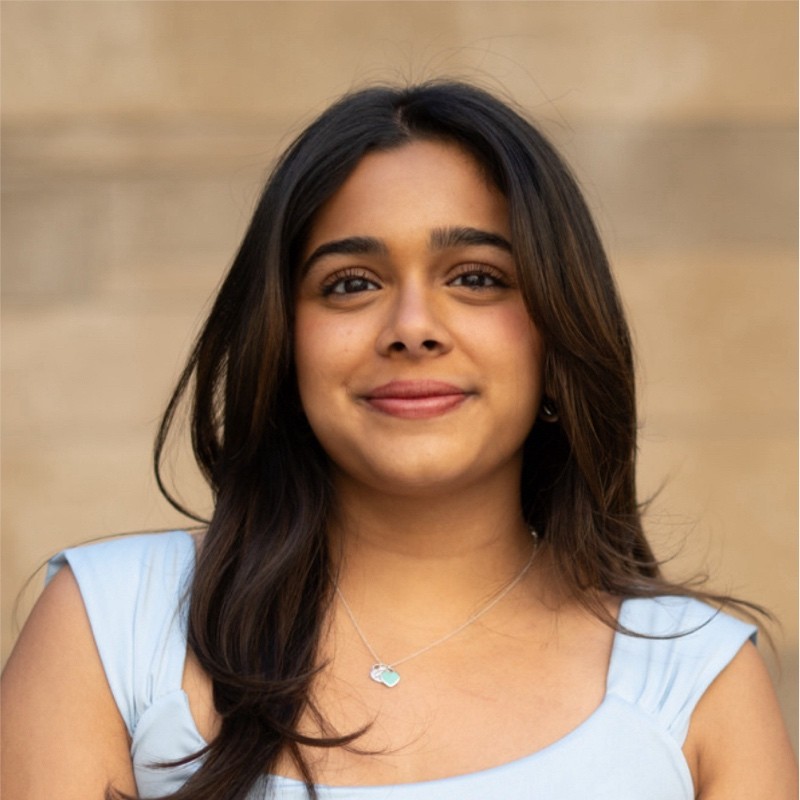Sometimes, one of the most difficult actions for a manager to take is to understand when to take a leave of absence. 66% of managers suffer from burnout, and according to Gallup, this number is only increasing. After all, managers often are in a unique position between direct reports and executives. Not only are they assisting their team below, but simultaneously assisting a team above. In addition to that, they have their own problems to face as well, including hiring, training, and retaining employees. This quote from Harry Levinson from the Harvard Business Review sums up the quandary faced by managers:
“In my role, I’m the guy who catches it all. I don’t know how much longer I can last in this job.”
While we have explained how to manage burnout as a manager, there comes a point that it is important to throw in the towel, even temporarily. However, there are a few steps to take for the sake of professionalism and to help both your team as well as your senior leadership team. After all, a manager’s absence is a phenomenon that will have a drastic impact on the rest of the team. Therefore, planning for before, during, and after the leave will be the manager’s responsibility.
Before the Leave
Before your actual leave, one of the most important things to do is properly notify all of your coworkers, whether they be your direct reports, your peers, or your superiors. This is extremely important. Plan on assigning a point of contact as a substitute for you in order to make the most out of this break as well. Separation from work can be extremely valuable.
Notifying an executive team or any superior of a leave of absence can be daunting at times. The key here is to provide written documentation in conjunction with the human resources department explaining the following
· What- Is this a leave of absence? Is this a step down and a break at the same time? Be sure to clarify exactly what steps are being taken during this break.
· Why- Explain any reasoning as to why this action is being taken. No answer is an incorrect one but explaining the rationale behind mental health reasoning can add credibility to this report.
· When- Clarify the dates as to when any breaks are being taken, as well as a timeline approximating a return to duties. While it is okay to have an indefinite duration, adding statements such as “no less than” or “no more than” can help senior managers in finding coverage.
Leave transition paperwork behind. While your leave may not necessarily be a permanent one, it is a leave, and staff contacting you should be unnecessary. This break is meant to refresh you and help with your mental health, as opposed to being on-call support. This paperwork should include team goals, some dossiers, and current tasks. A tool like AIM Insights can be a great way to document all of this information in real time. Hopefully, someone within your team is temporarily elevated to a managerial position. However, if senior leadership promotes someone unfamiliar with the team, they need to be well equipped to hit the ground running. Therefore, thorough paperwork will be extremely helpful. In addition to that, it will assist the team chemistry by allowing the substitute manager to understand individual personalities as well as specialties.
During the Leave
Many managers will struggle with the actual leave component of their planned leave. After all, their role is such an active part of the workplace that it ends up being very time consuming. Having this much free time can be somewhat daunting. So, what should a manager do with their time off?
1) Log out of any work accounts- This break is meant for rehabilitation, as stated before. It is not meant to transfer you to remote work. Express that employees are not to contact you, unless there is an emergency, and only if there is an emergency.
2) Get help- Taking a leave of absence is a drastic step. Simply taking a break for mental health and not taking further action is unproductive. Reach out to doctors, therapists, and mentors to look at further action.
3) Take some time for yourself- During this time, explore interests, and look at activities outside of the scope of the job. The goal of this is to reduce high levels of anxiety and stress. Use this time accordingly.
4) Contact superiors- If you are making any changes to your original planned break, let your superiors know, so they can then pass on further instructions to your substitute. In addition to that, keep them appraised on your projected return. This will assist them in reintroducing you to the workplace. In addition to that, let them know if you plan to reduce your duties in any capacity. It is okay to say that a job entails a little too much. Smart delegation can help with this as well.
5) Prepare yourself to return- This seems a little straightforward, but it is a fairly important aspect of the leave. Work can be stressful, especially coming back off of a break. Imagine missing a few days of school. When you came back, it was a completely different unit being covered in math, a brand new animal to dissect in science, and somehow the school lunches got even worse. Returning to work after a mental health break can be extremely similar to this. Acknowledge that there may be changes, and that you may have a bit of work ahead of you in reacclimatizing to the work environment.
At the end of the day, being a manager is yet another job which will take up time and effort. While this position is one of support and mentorship, sometimes it is in fact a manager who needs the aforementioned things. It is okay to ask for help, and more than okay to take time off to focus on returning stronger.




































































